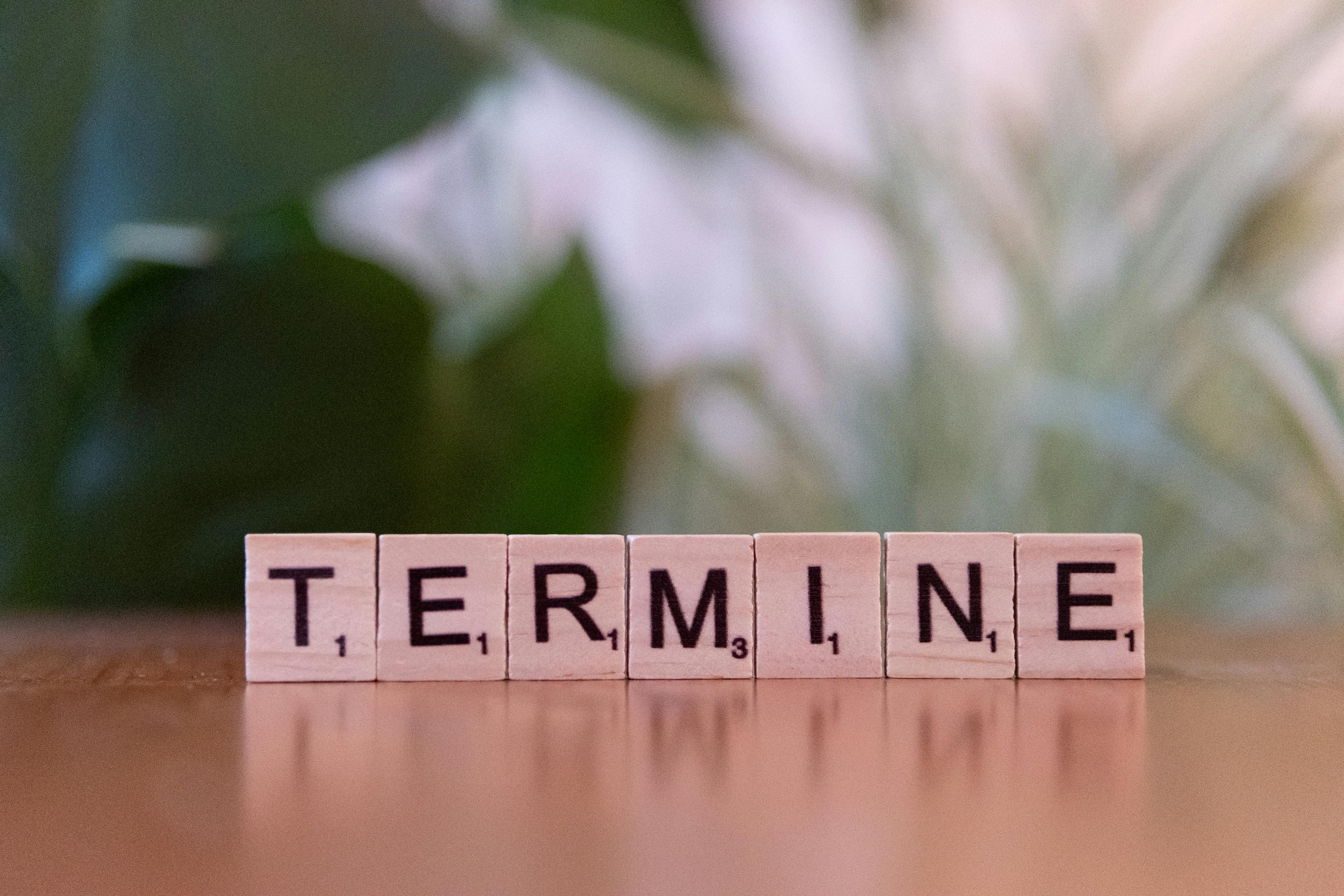Apply Now
Smart Ways to Optimize Hot Water Availability After Showering
Showering is an essential part of our daily routine, contributing not only to hygiene but also to our overall well-being. However, one common issue faced is the delay in hot water availability, leading to frustrations as we wait for it to reach the desired temperature. This article will delve into effective strategies to improve hot water availability after showering. Understanding how hot water systems work can significantly enhance your shower experience while conserving energy and optimizing plumbing performance.
Ensuring a consistent hot water supply affects both comfort and utility costs. From the type of water heater in your home to proper shower management, various factors play a role in how long hot water takes to return. We’ll explore a range of solutions, from plumbing upgrades to smart settings for your hot water system. By implementing these strategies, you'll enjoy a more efficient shower experience and ultimately reduce energy expenses in your household.
As we progress through this guide, expect to learn about various hot water recovery techniques, the impact of traditional versus tankless water heaters, and how to manage water flow and pressure effectively. Not only will this optimize your hot water supply duration, but it will also contribute to eco-friendly practices in your household. Let’s uncover the optimal ways to enhance your hot water availability!
Understanding Hot Water Recovery and Duration
To optimize your showering experience, it’s crucial to understand how hot water recovery and duration work. Hot water recovery time refers to the time it takes for your water heater to produce a new batch of hot water after some has been used. This process varies significantly between traditional tank heaters and tankless models.
Exploring Heater Recovery Times
Every type of water heater has a different heater recovery time. Traditional water heaters typically take anywhere from 30 minutes to an hour to heat up a new batch of hot water, depending on their tank capacity. In contrast, tankless water heaters can provide hot water on demand, eliminating the need for a recovery time altogether. When choosing a water heater, consider the hot water flow rate and recovery rate to match your showering needs and family dynamics.
Evaluating Hot Water System Efficiency
Efficiency is a core component when discussing recovery rates. Consider investing in energy-efficient heaters that utilize cutting-edge technologies to improve hot water performance. For example, quick recovery heaters heat water faster and maintain a consistent temperature, thus minimizing wait times. Regular maintenance of your water heater can further enhance its performance, ensuring that you're getting the fastest hot water return and optimum energy savings.
Understanding Hot Water Cycling Time
Hot water cycling time refers to how quickly water is cycled back into your system. This process can be optimized through the design and layout of your plumbing system. Ensuring that your home's residential plumbing minimizes long distances between the heater and the shower can reduce the waiting time when you turn on the tap. In addition, hot water recirculation systems can ensure instant access to hot water when you need it most.
Strategies for Efficient Shower Water Management
With insights into recovery times, it is essential to implement effective shower water management strategies to minimize hot water delay during your showering routine. Effective shower management can make a significant difference in your water usage, along with enhancing your overall shower experience.
Adapting Shower Settings for Efficiency
Adjusting your shower settings can have a profound effect on shower pressure and overall hot water availability. Employ shower head types that are designed for high efficiency, ensuring a strong flow without using excessive amounts of water. Additionally, consider shower flow rate specifications to select heads that give you the right balance of pressure while conserving water.
Timing Your Showers for Optimal Hot Water Use
Timing is crucial when showering. Minimizing the duration of your showers not only improves hot water availability but also reduces water consumption. Aim for efficient shower durations, ideally under 10 minutes. This can significantly contribute to both energy conservation in plumbing and enhancing your bathroom’s overall plumbing performance.
Utilizing Smart Water Heating Solutions
Investing in smart home technology is a savvy way to optimize your hot water availability. Smart hot water systems can learn your habits and optimize heating times based on your daily routines. This technology ensures that hot water is pre-heated during peak usage times, further reducing the wait for hot water after showering.
Enhancing Water Temperature Control
Controlling water temperature is a key factor in maintaining consistent hot water supply. Implementing effective temperature regulation methods can prevent hot water interruptions and improve your shower efficiency.
Maintaining Ideal Water Heating Standards
It is crucial to maintain the correct water temperature settings for comfort and safety. The recommended temperature for residential hot water is between 120°F to 140°F. Setting your water heater at this range will ensure a comfortable shower experience while also minimizing the risk of burns. Regular checks on your hot water gauge ensure that your heater is functioning correctly, providing optimal hot water temperature.
Installing Efficient Water Flow Fixtures
Another way to enhance your hot water accessibility is through intelligent plumbing fixture choices. Water-saving shower heads and faucets designed to conserve hot water while providing excellent pressure can play an essential role. They reduce the total hot water usage per shower without sacrificing comfort.
Recognizing Hot Water Return Symptoms
Being aware of symptoms indicating trouble with your hot water return system is essential. If you notice unusual delays in hot water reaching your shower, or if temperatures fluctuate significantly, these could be signs of underlying plumbing issues or a failing water heater. Addressing these symptoms promptly can prevent further complications and ensure a consistent hot water experience.
Common Plumbing Issues Affecting Hot Water Availability
Understanding and recognizing common plumbing issues that can impact your hot water availability creates an opportunity for preventive maintenance or upgrades. Many homeowners experience delays due to underlying problems that can be resolved with proactive care.
Identifying Water Heater Maintenance Needs
Regular maintenance checks on your water heater are critical in avoiding unexpected hot water shortages. Common plumbing issues include sediment buildup, which can reduce efficiency and recovery time. Flushing the water heater annually can greatly improve its performance and longevity.
Resolving Shower Pressure Issues
Low water pressure can lead to longer waits for hot water to arrive at your shower. Investigating your plumbing system for clogs or leaks is essential. Utilizing high-pressure fixtures and ensuring an optimal design layout can maximize water distribution efficiency, which is vital for a speedy hot water supply upon demand.
Managing Hot Water Leaks or Interruptions
One of the most alarming signs of plumbing issues is when you experience sudden hot water leaks or interruptions. Performing timely repairs and upgrades will not only optimize your system's efficiency but also bolster residential energy standards and prevent energy losses.

Bathroom Plumbing Upgrades for Better Hot Water Management
Investments in bathroom plumbing upgrades can significantly improve your hot water availability. By focusing on energy-efficient installations and contemporary designs, you create a more sustainable and practical bathroom environment.
Choosing from Water Heater Types
When it comes to heating water effectively, the type of water heater you choose is pivotal. Tankless water heaters offer on-demand hot water, while traditional tank systems require monitoring for efficiency. Researching the benefits of each type and evaluating your family’s needs can lead to informed decisions that enhance your hot water supply.
Implementing Eco-Friendly Plumbing Solutions
Eco-friendly plumbing solutions can provide significant benefits beyond just enhancing your water availability. Utilizing sustainable water systems and technologies can positively impact your energy consumption metrics and contribute to conservation efforts. Consider fixtures designed to optimize energy while providing high hot water pressure.
Renovating Hot Water Systems in Your Home
Renovations can breathe new life into your hot water systems. Install modern plumbing technologies that improve water cycling time and help provide an efficient and sustainable household environment. Upgrading to energy-efficient heaters or retrofitting existing systems can elevate your water heating experience markedly.
Q&A: Optimizing Your Hot Water Supply
What is the average recovery time for hot water heaters?
The average recovery time can vary significantly based on the type of system. Traditional models may take 30-60 minutes, while tankless systems provide hot water on demand, therefore eliminating recovery time.
How can I manage water pressure in my shower efficiently?
Ensure all fixtures are relevant and can accommodate high water pressure settings. Regularly check for leaks and clogs in your plumbing system to prevent interruptions in hot water availability.
What should I do if I notice issues with my hot water return?
Addressing the issues promptly is crucial. Check for any leaks or blockages in the plumbing and consult plumbing services for maintenance checks on your water heater to ensure it remains efficient.
 By applying these strategies, you can greatly enhance the availability of hot water in your home after showering. Efficient management of your hot water systems leads not only to energy savings but also provides a more enjoyable showering experience, benefiting both you and the environment.
By applying these strategies, you can greatly enhance the availability of hot water in your home after showering. Efficient management of your hot water systems leads not only to energy savings but also provides a more enjoyable showering experience, benefiting both you and the environment.

 By applying these strategies, you can greatly enhance the availability of hot water in your home after showering. Efficient management of your hot water systems leads not only to energy savings but also provides a more enjoyable showering experience, benefiting both you and the environment.
By applying these strategies, you can greatly enhance the availability of hot water in your home after showering. Efficient management of your hot water systems leads not only to energy savings but also provides a more enjoyable showering experience, benefiting both you and the environment. 